The sixth Workshop on Medical Applications of Spectroscopic X-ray Detectors is currently taking place at CERN. Launched in 2011 and held every two years, this workshop brings together specialists from different fields to focus on how best to advance efforts and understanding in this new imaging technique (also known as “photon counting imaging”, a technology that makes colour computed tomography possible). This year, more than 100 participants – clinicians, radiologists, medical physicists, biologists, tracer developers, imaging system specialists and detector and ASIC developers – are taking part in the workshop. Their affiliations range from large medical equipment suppliers through to start-up companies and from world-renowned research hospitals to small but active university groups.
“Eleven years ago, there was a lot of scepticism about the technical feasibility and the clinical benefits of spectroscopic X-ray imaging,” says Michael Campbell, spokesperson of the Medipix collaborations at CERN. “CERN is the world’s largest physics laboratory, with field-leading capabilities in microelectronics and particle detectors and a long history of global scientific collaboration, making it the ideal venue for such a workshop. The CERN workshops have helped in crystallising the ideas and in forming a vibrant community of specialists who were convinced of the potential of the technology.”
And here they are today, celebrating a major milestone for the technology: the US Food and Drug Administration (FDA) approval in 2021 of “the first new major technological improvement for computed tomography imaging in nearly a decade” in the form of a photon counting scanner from Siemens. This is the first scanner using spectroscopic X-ray imaging officially approved for regular medical use in the world. “The CERN workshops have been instrumental in advancing this technology and bringing it from the lab to the clinic,” says keynote speaker Dushyant Sahani MD, Professor and Chair, Department of Radiology, University of Washington. “Spectroscopic X-ray imaging is set to revolutionise diagnostic medical imaging by providing better images with a lower dose to the patient, allowing new workflows that optimise precious hospital resources.”
Even closer to CERN, MARS Bioimaging’s 3D colour X-ray wrist scanner is awaiting approval to start clinical trials at Lausanne University Hospital (CHUV, Switzerland) and is the subject of ongoing clinical trials within the Pacific Radiology Group, New Zealand's largest radiology service provider. CERN and the New Zealand company MARS Bioimaging teamed up in 2008 to develop this 3D colour X-ray scanner based on the Medipix3 technology.
“A lot of the technology that makes spectroscopic X-ray imaging possible emerged from fundamental research and, in particular, from detector R&D for experiments in high-energy physics,” says Giovanni Anelli, head of CERN’s Knowledge Transfer group. “CERN has a proactive knowledge transfer policy and I am proud of the role the Medipix project participants and our commercial partners have played in pioneering high-resolution spectroscopic X-ray imaging.”
Why are spectroscopic X-ray detectors such a breakthrough technology?
The X-ray beams used in medical equipment contain a wide spectrum of X-ray energies, which can be thought of as different X-ray colours. In conventional detectors, the image taken is based on the total X-ray energy absorbed by each pixel, forming a kind of black and white image. When spectroscopic detectors are used, the images also contain the “colours” of the incoming X-rays, providing better, clearer images at optimised doses with significant benefits when diagnosing disease. In some circumstances, MRI (magnetic resonance imaging) may even become superfluous. In other cases, where metal contrast agents attached to bio-markers are injected into the body, expensive PET–CT (positron emission tomography – computed tomography) scans, may be avoided.
The concept of using X-ray energy information was first applied in so-called dual-energy CT (DECT) systems. In these systems, two images are taken one after the other at different X-ray tube voltages (kVp). As each image has a different average X-ray energy, these could be combined to produce clearer images compared with single-shot images. However, the decision to use DECT imaging has to be taken before the patient is scanned, and DECT is only used when necessary, as the patient normally receives a higher radiation dose.
Spectroscopic detectors, on the other hand, yield much more information than DECT systems. A single image is taken. No upfront decision is needed and no extra dose is used: the energy information is always available.
If you are interested in a summary of the 2022 workshop, tune in to the webcast of the presentation of Anthony Butler (MARS Bioimaging) on Friday, 2 September at 11.00 a.m. CET. The recording will be available afterwards.
______
For more information on the workshop or on the Medipix collaborations, contact Michael Campbell at Michael.Campbell@cern.ch.

